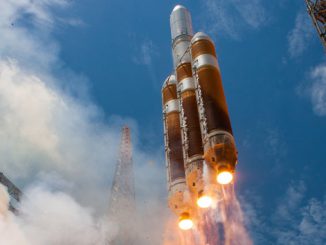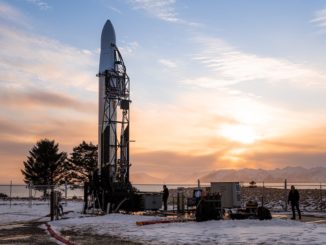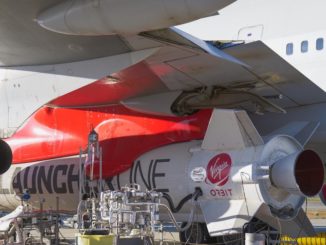EDITOR’S NOTE: Updated at 6:15 p.m. EDT (2215 GMT) with FAA statement and debris photos.
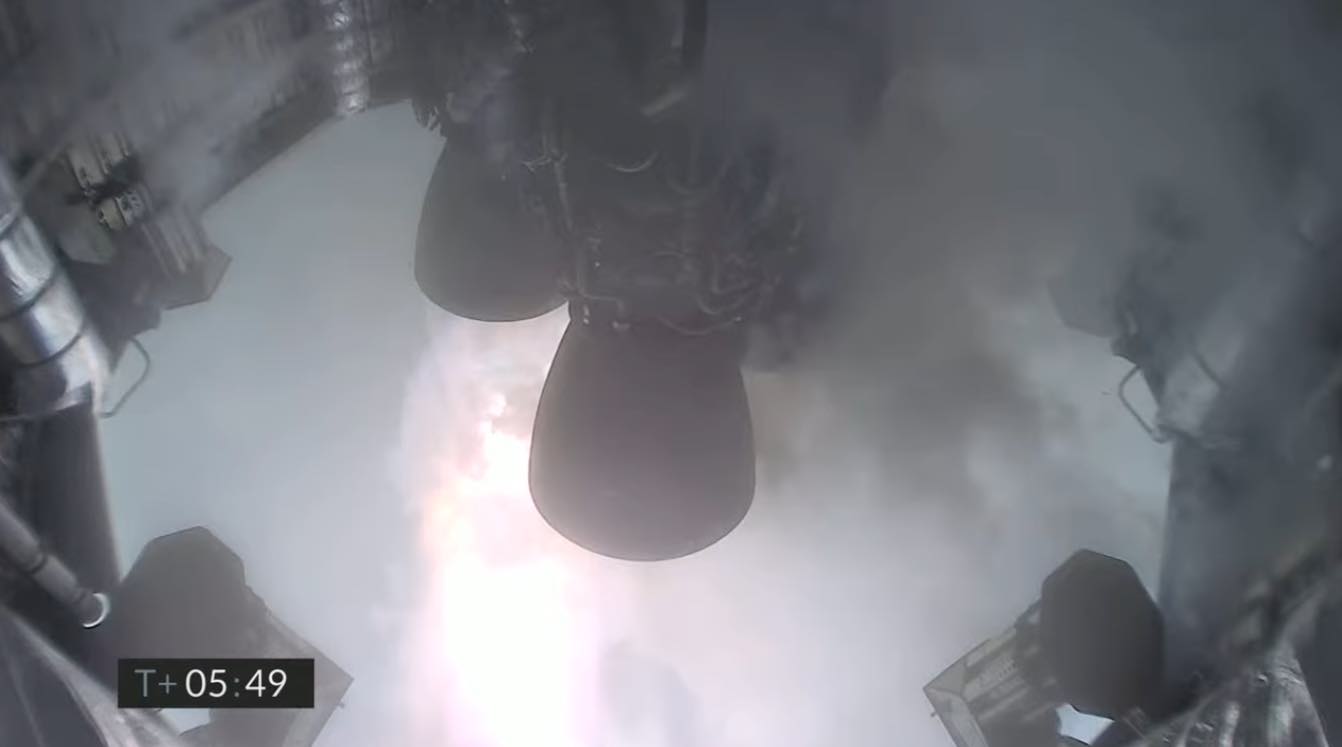
SpaceX’s latest Starship test flight apparently ended with another explosion Tuesday in South Texas, but dense fog obscured clear views of the launch and failed landing. The Federal Aviation Administration said late Tuesday it is working with SpaceX to determine if light debris reported in a nearby town came from the Starship test rocket.
“At least the crater is in the right place,” tweeted Elon Musk, SpaceX’s founder and CEO. The failed landing came after the destruction of three previous Starship prototypes during or shortly after test flights since December.
Musk later added that “something significant happened shortly after landing burn start. Should know what it was once we can examine the bits later today.”
The privately-developed Starship is SpaceX’s next-generation launch vehicle, capable of ferrying more than 100 metric tons of cargo into low Earth orbit, more than any other rocket in the world. With in-space refueling, the Starship could eventually carry people and heavy supply loads to the moon and Mars.
SpaceX’s live video stream of the test flight showed the unpiloted 164-foot-tall (50-meter) test rocket taking off from the company’s South Texas test site, which Musk calls Starbase, at 8 a.m. CDT (9 a.m. EDT; 1300 GMT).
But the rocket was barely visible in ground-based cameras due to thick fog at the launch base, located east Brownsville on the Texas Gulf Coast near the U.S.-Mexico border. Cameras on-board the stainless steel rocket beamed back live views of its three Raptor engines and aerodynamic fins in action.
The three methane-fueled Raptor engines shut down in sequence — as intended — as the Starship climbed to an altitude of about 10 kilometers, or 33,000 feet, well above the ground-hugging fog layer. The final engine switched off to allow the rocket to tip over on its side for descent back to the ground, in an orientation known as the “belly flop.”
The camera view inside Starship’s engine bay showed the Raptor engines start up for landing, but the video soon froze as the mission clock read T+plus 5 minutes, 49 seconds.
“Looks like we’ve had another exciting test of Starship No. 11,” said John Insprucker, a SpaceX engineer who hosted the webcast of Tuesday’s flight. “A reminder again this is a test series to gather data on entry of the Starship vehicle at subsonic speeds as it comes back to the landing zone.
“A quick recap, we had the nominal ascent, the maneuver to horizontal when we got to 10 kilometers,” Insprucker said. “The entry, we had some nice views from the exterior camera showing the flaps were quiet as we descended, but then we had the camera freeze up as we got in the engine ignition sequence. So we’re going to have to find out from the team what happened.”
Musk said one of the Raptor engines “had issues on ascent” and “didn’t reach operating chamber pressure” during the landing burn.
“But, in theory, it wasn’t needed,” Musk tweeted.
The Raptor engines were supposed to gimbal, or pivot, to flip the rocket back vertical. A single Raptor engine was expected to control the Starship’s final descent to the landing pad, right next to its launch site at the Starbase facility near Boca Chica Beach in South Texas.
Videos from ground-based cameras did not capture the Starship’s descent, but imagery showed debris falling near the landing pad moments after SpaceX’s on-board video cut out.
Photographers at Isla Blanca Park on South Padre Island, located about 5 miles (8 kilometers) north of the Starship launch base, reported light debris that may have come from the rocket. The park is located outside the evacuation zone around the Starbase facility, and is a popular viewing site for SpaceX fans, news media, and local residents.
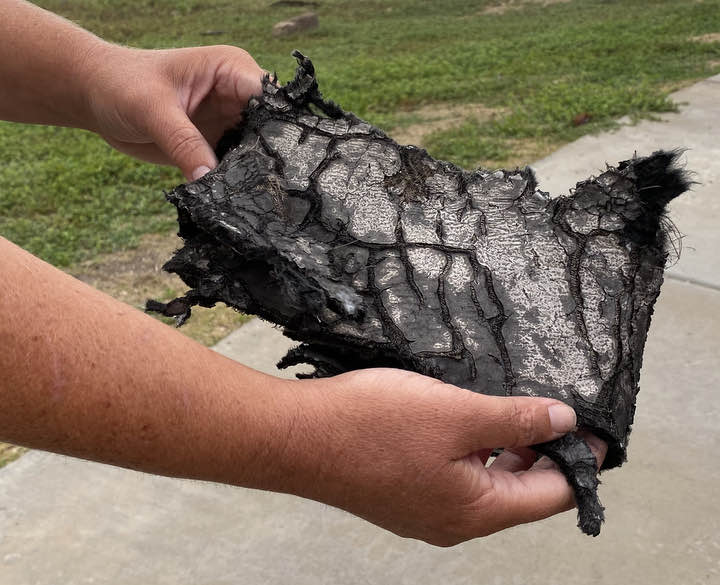
A Federal Aviation Administration spokesperson said the agency will oversee SpaceX’s investigation of the Starship SN11 “mishap.”
“The vehicle experienced an anomaly during the landing phase of the flight resulting in loss of the vehicle,” the FAA spokesperson said.
“The FAA’s top priority in regulating commercial space transportation is to protect public safety during launch and reentry operations,” the spokesperson said. “The FAA will approve the final mishap investigation report and any corrective actions SpaceX must take before return to flight is authorized.”
The FAA performed similar oversight of SpaceX’s investigations into the last four Starship explosions. The mishap investigation is designed to ensure public safety and seeks to validate that safety systems performed as designed, and that the analysis of public risk was accurate, the FAA said.
According to Musk, SpaceX delayed the Starship SN11 test flight to Tuesday because an FAA safety inspector was unable to reach the test site in South Texas in time for a launch Monday.
SpaceX launched its first high-altitude Starship test flight in December without the FAA’s approval of a change to its launch license. That prompted the FAA to require SpaceX have a federal safety inspector on-site at Boca Chica for future Starship test flights.
There were no reports of injuries or public property damage after the Starship SN11 test accident Tuesday, and the FAA said it is “working with SpaceX to identify whether reports of light debris in the area is related to the mishap or other phases of the flight.”
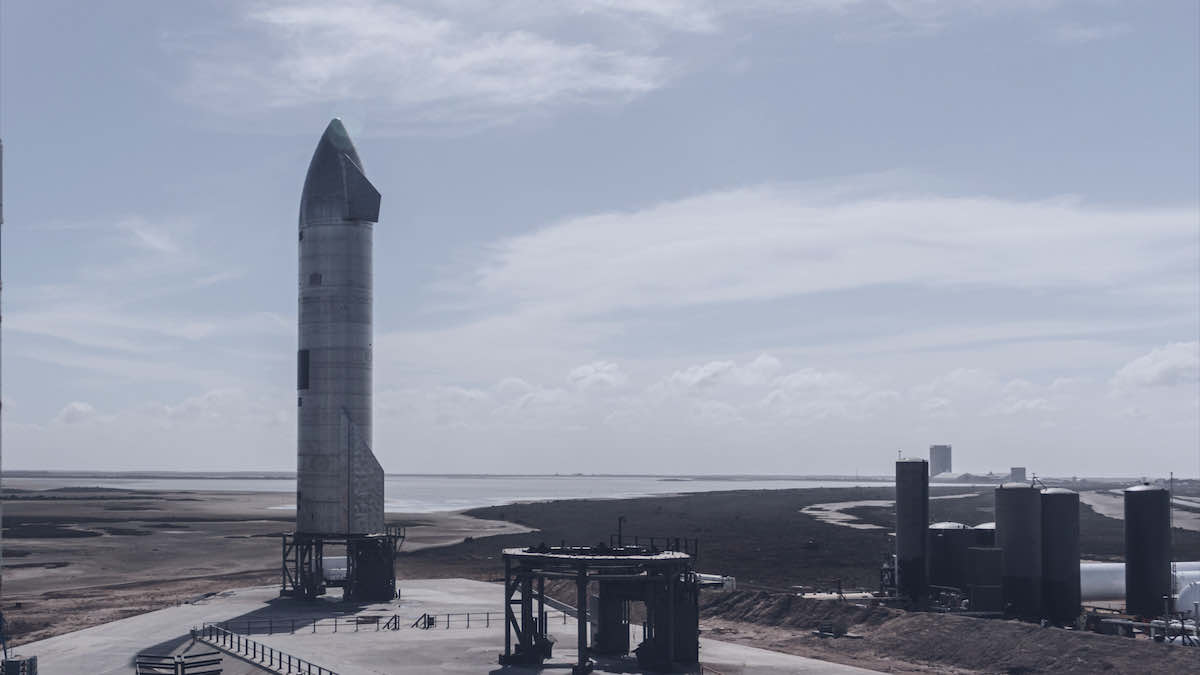
The latest Starship test vehicle, designated Serial No. 11, was SpaceX’s fourth full-size Starship prototype to take off from SpaceX’s test site in Cameron County, Texas. SpaceX also lost the test rockets after three previous Starship atmospheric flights in December, February, and earlier this month.
A hard landing on an otherwise-successful Dec. 9 Starship test flight was caused by low pressure from header tanks feeding the vehicle’s Raptor engines for the critical burn just before touchdown, and one of the Raptor engines failed to reignite for the landing burn on a test flight Feb. 2.
The SN10 rocket achieved the first soft landing of a full-size Starship vehicle at the end of a March 3 test flight, but the rocket exploded minutes later.
The orbital version of the Starship vehicle will have six Raptor engines, including three engines with enlarged bell-shaped nozzles optimized for higher efficiency in the vacuum of space. The orbital-class Starship will also have a heat shield to survive re-entry back into the atmosphere.
During an orbital launch attempt, a reusable Super Heavy first stage booster will detach from the Starship — which acts as both an upper stage and in-space transporter — and come back to Earth for a vertical landing. The Starship will continue into orbit and deploy its payloads or travel to its deep space destination, and finally return to Earth to be flown again.
The entire Super Heavy/Starship rocket stack will stand nearly 400 feet, or about 120 meters, tall.
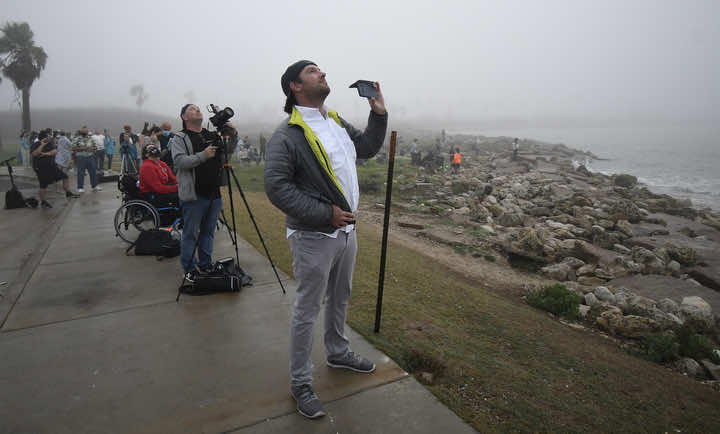
Along with its own internal research and development efforts, SpaceX is working with NASA on a contract to design and refine concepts for a human-rated lunar lander for the space agency’s Artemis moon program. NASA is expected to select an industrial team as soon as next month to complete development of the crewed lunar lander. SpaceX is competing against bids by Blue Origin and Dynetics.
SpaceX’s long-term plans for Starship operations involve the use of a floating launch pad parked in the ocean. SpaceX is converting a decommissioned offshore drilling platform for its future Super Heavy and Starship launch facility.
The Super Heavy booster will be powered by 28 Raptor engines, producing some 16 million pounds of thrust, more than twice the power output of five booster engines on NASA’s Apollo-era Saturn 5 moon rocket.
The entire Super Heavy and Starship stack will measure around 30 feet (9 meters) wide, about one-and-a-half times the diameter of a Boeing 747 jumbo jet.
SpaceX keeps plowing forward with Starship testing
The early focus of SpaceX’s Starship program has been on building infrastructure at the Starbase test site. Earlier this month, SpaceX completed stacking of the first Super Heavy booster, which Musk said is a “manufacturing pathfinder.”
SpaceX assembled the first Super Heavy test article, named BN1, to help learn how to build and transport the 229-foot-tall (70-meter) first stage, which itself is as tall as a Falcon 9 rocket used by SpaceX for operational satellite launches.
The second Super Heavy booster, which is being fabricated but is not yet assembled, is designed to fly, presumably on a suborbital test launch, according to Musk.
The next step in SpaceX’s Starship test program is the rollout of the next Starship, designated SN15, to the launch pad in South Texas. The Starship production complex is located a couple of miles inland from the launch and landing pads.
SpaceX has skipped forward to the SN15 test rocket, which will roll to the launch pad in a few days, Musk said.
“It has hundreds of design improvements across structures, avionics/software & engine,” Musk tweeted Tuesday. “Hopefully, one of those improvements covers this problem (with SN11). If not, then retrofit will add a few more days.”
“A high production rate solves many ills,” Musk tweeted Tuesday.
SpaceX aims to launch the first fully-stacked Super Heavy and Starship in on an orbital launch attempt from South Texas in July. “That’s our goal,” Musk tweeted.
An orbital launch attempt by July is an aggressive goal, like many schedules outlined by SpaceX’s hard-charging founder and chief executive.
The next major technology update to the Starship vehicle will come with SN20 later this year, according to Musk.
“Those ships will be orbit-capable with heat shield & stage separation system,” Musk tweeted. “Ascent success probability is high. However, SN20+ vehicles will probably need many flight attempts to survive Mach 25 entry heating & land intact.”
Construction and testing of Super Heavy boosters will also continue in the coming weeks and months. The BN1 test article will be scrapped, Musk said.
“We learned a lot, but have already changed design to BN2,” Musk tweeted. “Goal is to get BN2 with engines on orbital pad before end of April. It might even be orbit-capable if we are lucky.”
Musk added that the Starbase site in South Texas “will grow by several thousand people over the next year or two” as SpaceX ramps up production and test flights.
“Please consider moving to Starbase or greater Brownsville/South Padre area in Texas & encourage friends to do so!” he wrote. “SpaceX’s hiring needs for engineers, technicians, builders & essential support personnel of all kinds are growing rapidly.”
Email the author.
Follow Stephen Clark on Twitter: @StephenClark1.

